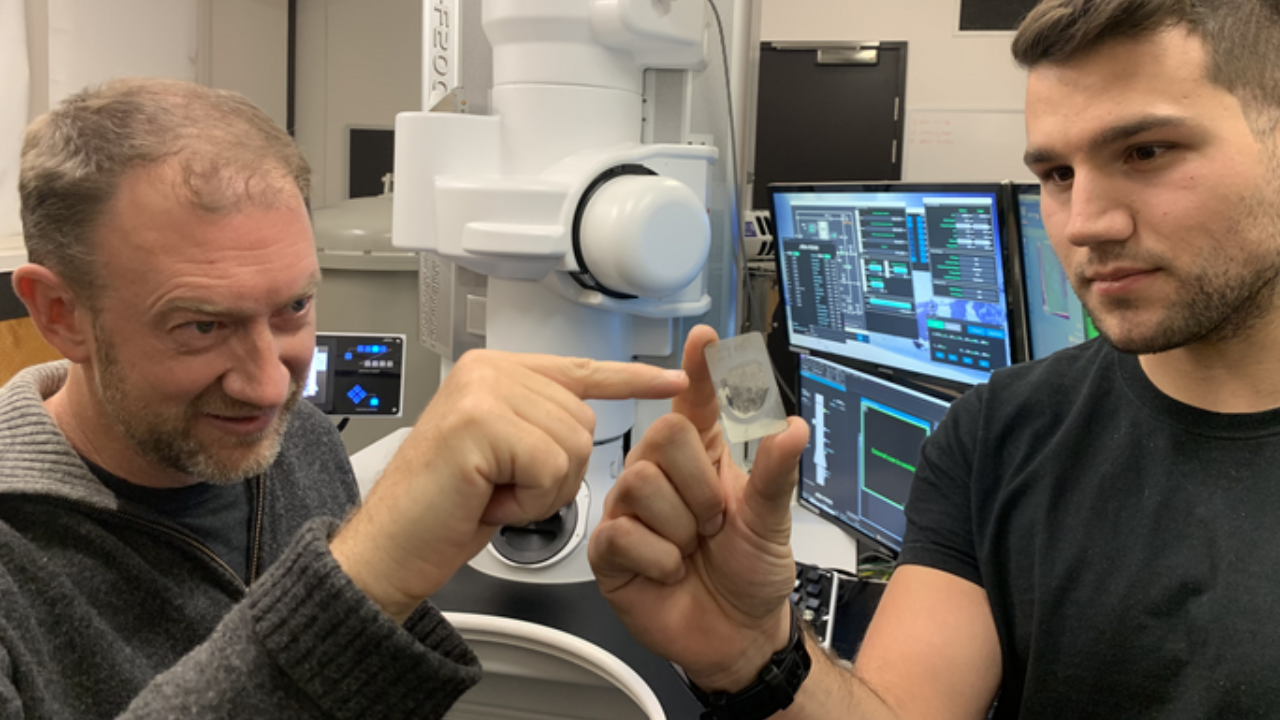A rare type of diamond called lonsdaleite may have formed in meteorites from the mantle of a dwarf planet after a catastrophic collision. Additionally, the diamond could be instrumental in making stronger machine parts.
The news comes by way of RMIT University and CSIRO, working with Monash University, the Australian Synchrotron and Plymouth University.
The team of researchers found evidence that lonsdaleite, a rare type of diamond, formed in dwarf planet meteorites in hexagonal shapes. It’s 58 per cent stronger than a regular diamond.
Electron microscopy techniques were used to analyse slices from meteorites, trying to categorise how both lonsdaleite and regular diamonds form.
“We propose that lonsdaleite in the meteorites formed from a supercritical fluid at high temperature and moderate pressures, almost perfectly preserving the textures of the pre-existing graphite,” said Professor Andy Tomkins from Monash University.
“Later, lonsdaleite was partially replaced by diamond as the environment cooled and the pressure decreased.”
Though lonsdaleite may be stronger than regular diamonds, the largest crystallites of lonsdaleite are only up to one micron in size.

“There’s strong evidence that there’s a newly discovered formation process for the lonsdaleite and regular diamond, which is like a supercritical chemical vapour deposition process that has taken place in these space rocks, probably in the dwarf planet shortly after a catastrophic collision [with an asteroid],” said Professor Dougal McCulloch, Director of the RMIT Microscopy and Microanalysis Facility.
In short, this study is important because it confirms that lonsdaleite can form in nature, indicating that it could be produced synthetically.
Why would you want to produce it synthetically? Well, the rare type of diamond could be used in machinery to improve component strength.
Diamonds right now are used in machinery components, particularly in tools like drills and saws, but to have a material more durable could improve the longevity of devices and tools.
“If something that’s harder than diamond can be manufactured readily, that’s something industry would want to know about,” added Colin MacRae, a scientist at CSIRO.
MacRae added that these findings could have big implications for mining.
Heck yeah, we love space diamonds.
You can read the findings in PNAS, or read the news release from RMIT University or CSIRO.
